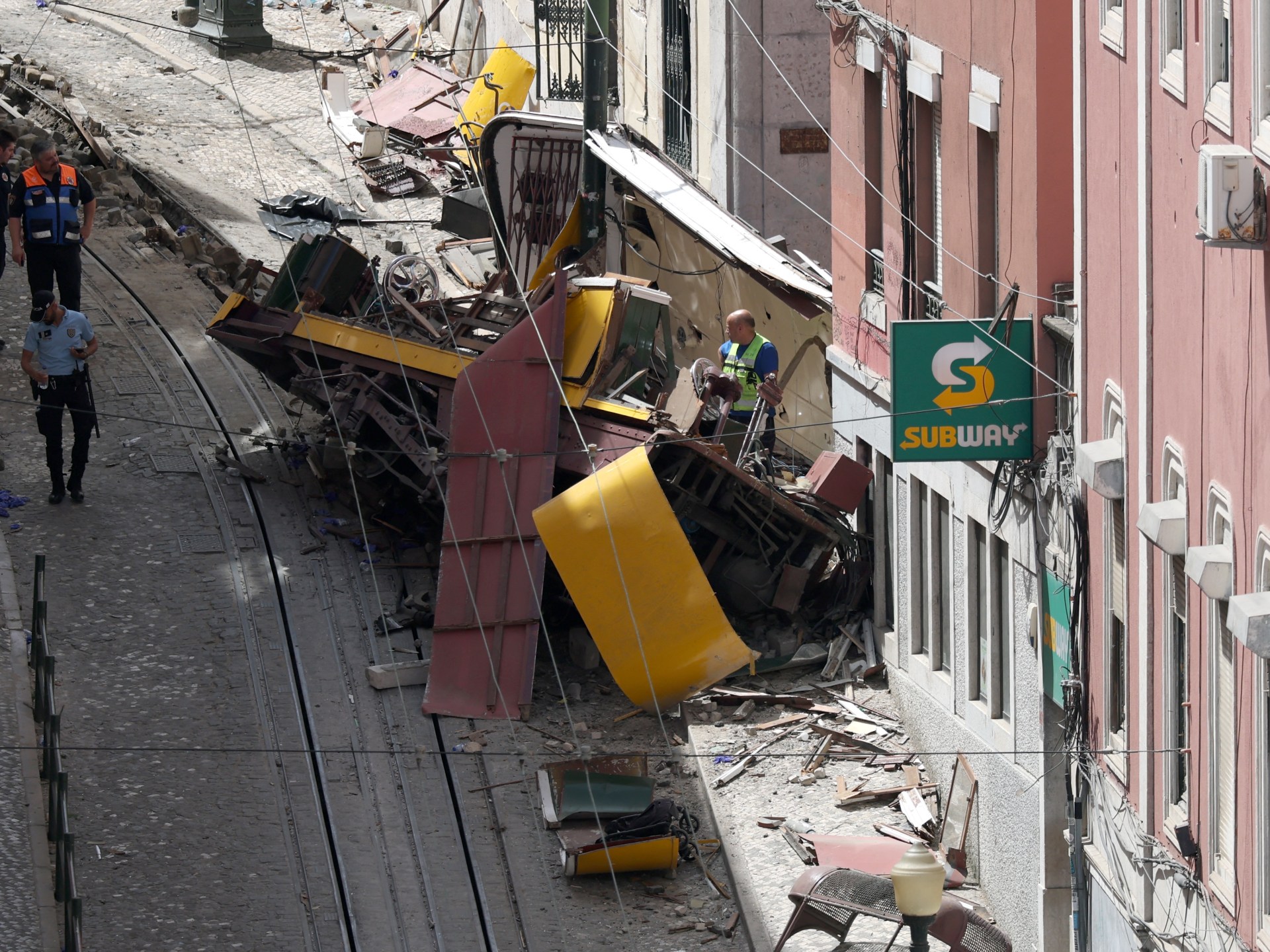Published On 20 Oct 2025
The iconic railcars had to be put out of service until they could be declared completely safe, according to the report released on Monday by Portugal’s air and rail accident investigations bureau (GPIAAF). Safety advice is anticipated to be made before the bureau releases its final report on the incident within the following year, though.
Recommended Stories
list of 3 itemsend of list
In the event of a cable break, the GPIAAF advised that inspectors would need to check whether the funicular car’s braking systems could “immobilize the cabins.”
The popular tourist-friendly Gloria tramway, which dates back to the 19th century, was the site of the accident on September 3. Five Portuguese people, as well as 11 foreigners, were killed, including two Canadians, two South Koreans, an American, a Frenchwoman, a Swiss national, and an Ukrainian.
In addition to the injured, about 20 others were hurt.
A cable connecting two cabins had been disconnected before the accident, according to a note released by the GPIAAF three days after the collision. The most recent investigation revealed that the “cable did not comply with the specifications in force at the CCFL [Lisbon’s transport operator]” for the Gloria tram.
The investigation revealed that the funicular’s driver had used the brakes, but that they were unable to stop the carriage from derailing.
A carriage derailed at 6:15pm local time (17:15 GMT), then sped down a steep slope, colliding with a building, and then lost control of the cable.
After the collision, the carriage toppled onto its side, partially causing the carriage’s sides and roof to sag.
Source: Aljazeera

Leave a Reply